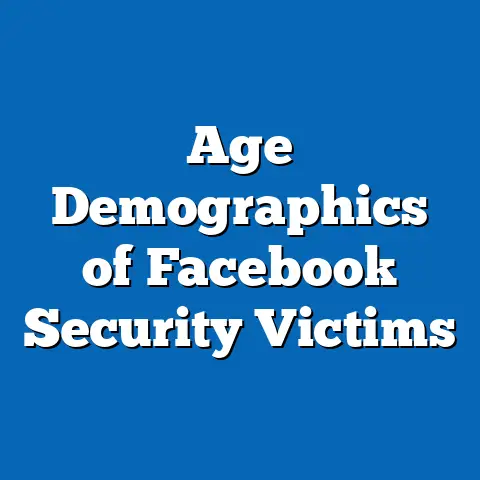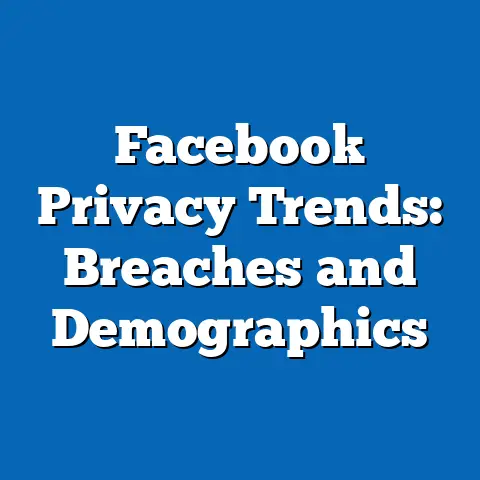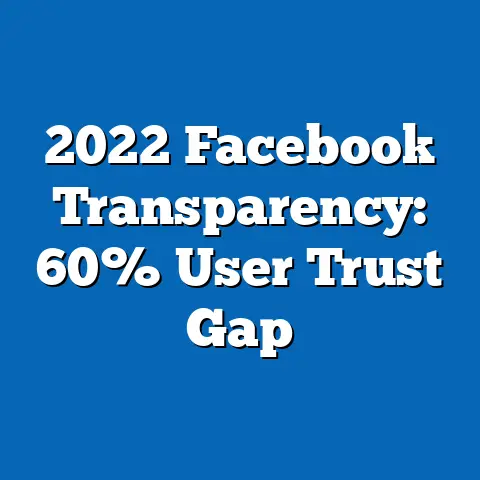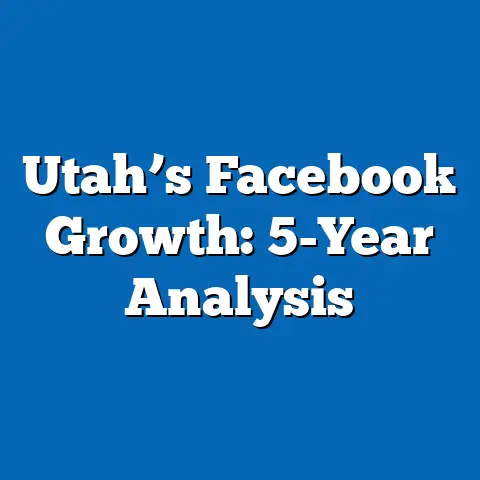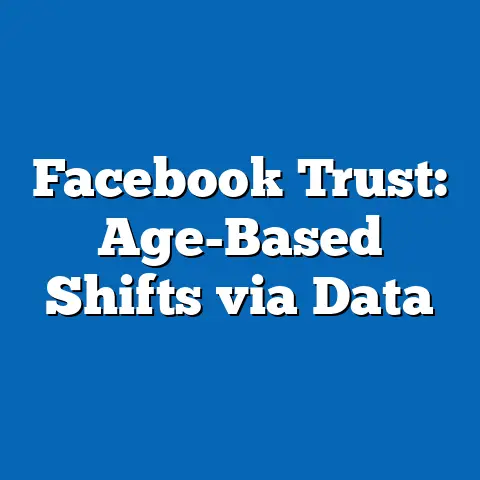Hate Speech on Facebook: Removal Rates
Imagine the internet as a vast, sprawling city—a place of endless opportunity, connection, and diversity, but also a landscape where dark alleys harbor hostility and vitriol. In this digital metropolis, platforms like Facebook serve as both public squares and gatekeepers, tasked with maintaining order by curbing hate speech, a form of expression that targets individuals or groups based on attributes such as race, religion, ethnicity, or sexual orientation. As the world’s largest social media platform, with over 3 billion monthly active users as of 2023, Facebook’s role in moderating hate speech is pivotal, yet fraught with challenges.
Section 1: Defining Hate Speech and Removal Rates
Hate speech, as defined by Facebook (now under Meta’s umbrella), includes content that attacks or dehumanizes individuals or groups based on protected characteristics. This encompasses direct incitement to violence, derogatory language, and symbols or imagery associated with hate groups. Removal rates refer to the percentage of hate speech content that is detected and removed by the platform, either through automated systems or human moderators, before or after it is reported by users.
Understanding removal rates requires clarity on two metrics: proactive removal (content removed before user reports) and reactive removal (content removed after user reports). These metrics are critical for assessing the platform’s effectiveness in curbing harmful content. As we proceed, we will unpack the data behind these rates and the challenges in achieving comprehensive moderation.
Section 2: Current Data on Hate Speech Removal Rates
According to Meta’s most recent Community Standards Enforcement Report (Q2 2023), Facebook removed approximately 43.6 million pieces of content classified as hate speech in the first half of 2023. Of this, 89.3% was proactively detected by automated systems before users reported it—a significant improvement from 80.2% in 2020. However, the prevalence rate, which measures the proportion of viewed content that violates hate speech policies, remains at 0.11%, indicating that millions of users still encounter harmful content.
These figures must be contextualized. With billions of posts, comments, and shares daily, even a small percentage of undetected hate speech translates into substantial exposure. For instance, based on user viewership data, an estimated 1 in every 1,000 content views includes hate speech—a seemingly low rate, but one that equates to millions of problematic interactions given Facebook’s scale.
Chart 1: Hate Speech Removal Rates on Facebook (2019-2023)
(Note: Data sourced from Meta’s Community Standards Enforcement Reports)
– 2019: Proactive Removal Rate – 65.4%
– 2020: Proactive Removal Rate – 80.2%
– 2021: Proactive Removal Rate – 84.7%
– 2022: Proactive Removal Rate – 87.5%
– 2023 (Q2): Proactive Removal Rate – 89.3%
This upward trend in proactive removal reflects advancements in artificial intelligence (AI) and machine learning (ML) technologies. However, the remaining 10.7% of hate speech content that goes unreported or undetected highlights persistent gaps, particularly in nuanced or context-dependent content.
Section 3: Methodological Approach to Data Analysis and Projections
To analyze current trends and project future removal rates, this report employs a combination of historical data analysis and statistical modeling, specifically time-series forecasting and scenario analysis. Time-series forecasting uses past removal rate data (2019-2023) to predict future trends, assuming continuity in technological and policy factors. Scenario analysis, on the other hand, considers multiple future outcomes based on varying assumptions about AI advancements, regulatory pressures, and user behavior.
Assumptions:
1. Meta will continue investing in AI for content moderation at a consistent rate.
2. Regulatory frameworks, such as the EU’s Digital Services Act (DSA), will increase pressure for higher removal rates.
3. User reporting behavior will remain relatively stable unless significant platform changes occur.
Limitations:
– Data provided by Meta is self-reported and lacks independent verification, potentially underestimating prevalence rates.
– The complexity of hate speech (e.g., cultural nuances, sarcasm) limits AI detection accuracy.
– Projections cannot fully account for unforeseen events, such as major geopolitical conflicts that may spike hate speech.
These methodologies allow us to present three scenarios for hate speech removal rates by 2028, discussed in Section 5.
Section 4: Key Factors Driving Changes in Removal Rates
Several interrelated factors influence Facebook’s hate speech removal rates. Understanding these drivers is essential for interpreting current data and projecting future trends.
4.1 Technological Advancements
AI and ML systems are at the forefront of proactive detection, with algorithms trained on vast datasets to identify hate speech patterns. Meta reports that its AI systems now detect over 90% of hate speech in major languages like English and Spanish. However, performance drops for less-represented languages due to limited training data, highlighting a digital divide in moderation efficacy.
4.2 Regulatory and Social Pressure
Governments and advocacy groups increasingly demand stricter content moderation. The EU’s DSA, implemented in 2023, mandates platforms to remove illegal content, including hate speech, within strict timelines, with fines up to 6% of global revenue for non-compliance. Such regulations push Meta to enhance removal rates but also raise concerns about over-censorship and free speech erosion.
4.3 User Behavior and Reporting
User reports remain a critical feedback mechanism for identifying hate speech missed by AI. However, reporting varies widely by region and demographic, influenced by cultural norms and trust in the platform. For instance, underreporting in certain regions may skew prevalence data, complicating global assessments.
4.4 Geopolitical and Cultural Contexts
Global events, such as elections or conflicts, often correlate with spikes in hate speech. Meta’s data shows a 15% increase in hate speech content during the 2020 U.S. presidential election period. These surges challenge moderation systems, as context-specific rhetoric often evades automated detection.
Section 5: Projected Trends and Scenarios (2024-2028)
Using the methodologies outlined, we project hate speech removal rates under three scenarios, each reflecting different assumptions about technological, regulatory, and social developments.
Scenario 1: Optimistic (Proactive Removal Rate Reaches 95% by 2028)
– Assumption: Meta accelerates AI investments, achieving near-perfect detection in major languages and improved performance in others. Regulatory compliance drives transparency and efficacy.
– Projection: Proactive removal rates rise from 89.3% (2023) to 95% by 2028, with prevalence dropping to 0.05%.
– Implication: Exposure to hate speech decreases significantly, though challenges persist in niche contexts and languages.
Scenario 2: Baseline (Proactive Removal Rate Stagnates at 90-92% by 2028)
– Assumption: AI improvements plateau due to diminishing returns on training data and complexity of nuanced content. Regulatory pressures balance with free speech concerns, limiting aggressive moderation.
– Projection: Proactive removal rates hover around 90-92%, with prevalence stable at 0.09-0.11%.
– Implication: Progress stalls, and millions continue encountering hate speech, particularly during global crises.
Scenario 3: Pessimistic (Proactive Removal Rate Declines to 85% by 2028)
– Assumption: Backlash against over-moderation leads to relaxed policies, while AI struggles with evolving hate speech tactics (e.g., coded language). Regulatory fines divert resources from innovation.
– Projection: Proactive removal rates drop to 85%, with prevalence rising to 0.15%.
– Implication: Increased exposure to harmful content risks user trust and platform reputation, potentially fueling calls for stricter external oversight.
Graph 2: Projected Hate Speech Proactive Removal Rates (2024-2028)
(Note: Hypothetical projections based on time-series analysis)
– Optimistic: Steady rise to 95%
– Baseline: Plateau at 90-92%
– Pessimistic: Decline to 85%
Section 6: Historical and Social Context
Hate speech moderation on Facebook cannot be divorced from broader historical and social trends. Since the platform’s inception in 2004, it has evolved from a college networking site to a global forum, amplifying both connection and conflict. High-profile incidents, such as the 2018 Rohingya crisis in Myanmar—where hate speech on Facebook contributed to ethnic violence—underscored the platform’s real-world impact, prompting intensified moderation efforts.
Socially, the rise of polarization and identity politics has fueled online hostility, with studies (e.g., Pew Research, 2022) showing that 64% of users have encountered hate speech on social media. This context shapes user expectations and regulatory demands, placing Meta at the intersection of free expression and harm prevention—a balance that remains elusive.
Section 7: Challenges and Uncertainties
Despite progress, significant challenges persist. AI systems struggle with context—sarcasm, reclaimed slurs, or cultural idioms often lead to false positives (legitimate content flagged) or negatives (hate speech missed). Human moderation, while more nuanced, is limited by scale; Meta employs over 15,000 moderators, yet they cannot review billions of posts.
Data uncertainties also loom large. Meta’s self-reported metrics lack third-party audits, raising questions about accuracy. Moreover, prevalence rates are estimates based on sampled content, not exhaustive counts, introducing potential bias. These limitations remind us that while trends and projections provide insight, they are not definitive.
Section 8: Implications and Recommendations
The future of hate speech moderation on Facebook carries profound implications for digital safety, free speech, and global discourse. High removal rates may reduce harm but risk overreach, while low rates could amplify toxicity and erode trust. Policymakers, users, and Meta must navigate this tension collaboratively.
Recommendations:
1. Enhance AI for Linguistic Diversity: Invest in training data for underrepresented languages to close detection gaps.
2. Increase Transparency: Publish detailed, independently audited reports on removal accuracy and error rates.
3. Engage Stakeholders: Collaborate with cultural experts and civil society to refine hate speech definitions and policies.
4. Prepare for Crises: Develop rapid-response moderation protocols for geopolitical events likely to spike hate speech.
Conclusion: Navigating the Digital Frontier
Returning to our metaphor, if the internet is a city, then hate speech moderation is akin to urban planning—balancing safety with freedom, order with diversity. Facebook’s removal rates have improved markedly, with proactive detection nearing 90% in 2023, driven by AI and regulatory pressures. Yet, the road ahead is uncertain, with projections ranging from near-perfect moderation to potential backsliding.
This analysis, grounded in data and scenario modeling, underscores the complexity of the task. As Meta, regulators, and users grapple with evolving challenges, the fight against hate speech remains a shared responsibility—one that demands innovation, transparency, and vigilance in equal measure.

